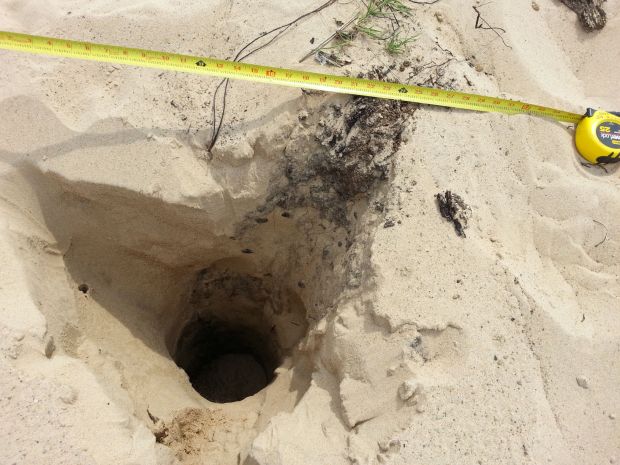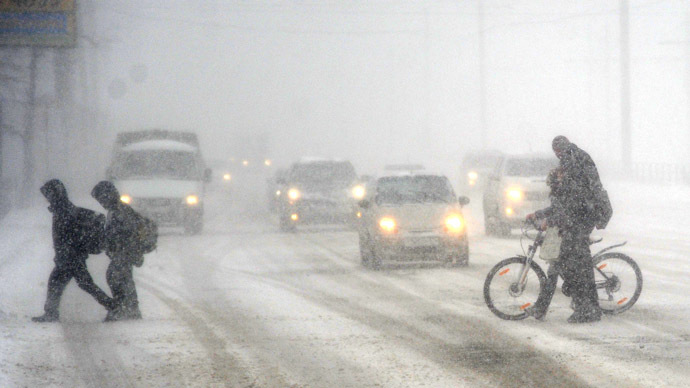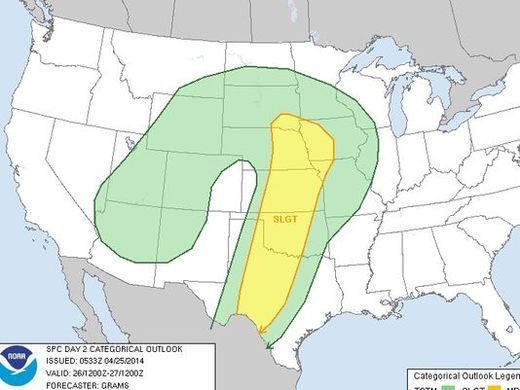OF THE
TIMES
I believe that its refusal to make demands that are scientifically based combined with a leftist, anti-American and anti-market-economy attitude has led the environmental movement into an ideological dead-end in which it finds itself today."Later in the interview Moore says that today's biggest environmental challenge facing the earth today is poverty.
Moore says he left Greenpeace because the organization opted to follow a course based on confrontation and anti-development. He also believes that the organization's popularity is because the environmental movement has indeed become a religion.Poor people today cannot afford to treat wastewater, to clean the air, to reforest, etc. Poverty is a problem for man and for the environment. Fighting poverty helps both. There's no contradiction."

"Whenever there is one species of fish, you are definitely thinking viral or bacterial. It's not anything water quality wise. If it was oxygen-related or chemical related you would see other species"The silver carp - known for its high jumping skills that can be a danger to boaters - is one of four invasive carp that are illegal to "possess or transport" in Tennessee, according to the Tennessee Wildlife Resources agency.


Comment:
I've run into holes like these while hiking across the Oregon Dunes. One explanation for the holes is that ancient trees that were buried by the sand that decomposed sometimes leave these deep, narrow holes and the holes can persist, under a layer of sand for a very, very long time. I stepped onto such a patch of sand and the sand gave way and I was suddenly in sand up over my knee. When I pulled my foot out and looked down the hole I could not see the bottom. I think I joked to my hiking partner about the holes being created by baby sandworms (the author of Dune, Frank Herbert, said he came up with the original idea for the novel while hiking in the Oregon dunes.) I actually found a reference in another locally-inspired novel that might have even specifically referred to one kind of dune tree hole:
In Sometimes a Great Notion, Ken Kesey's fictional novel about a rough logging town on the Oregon coast, a character walking in the dunes at night plummets into the shaft of a buried hollow tree - called a devil's stovepipe.
About "tree holes" in the dunes
About the Oregon Dunes & Frank Herbert connection